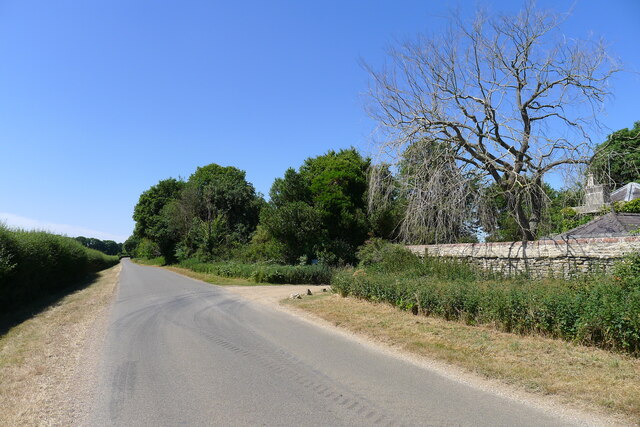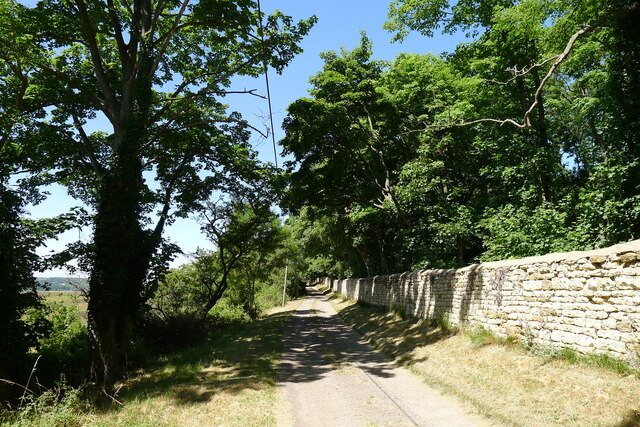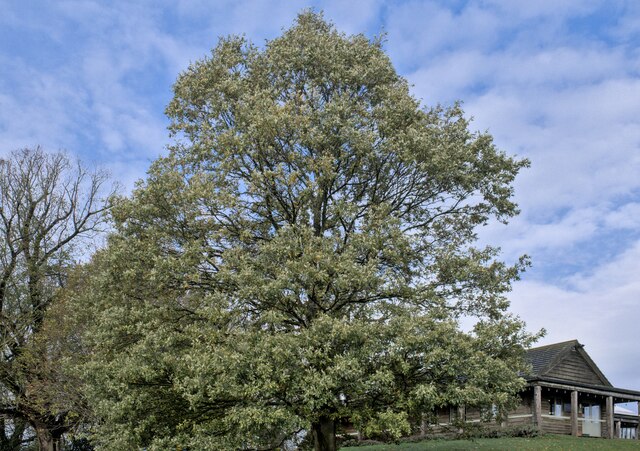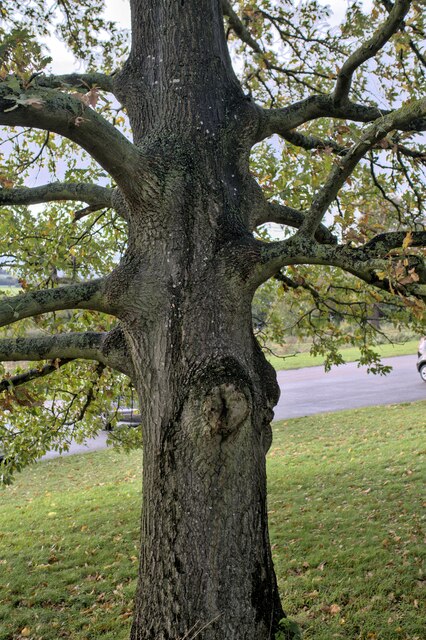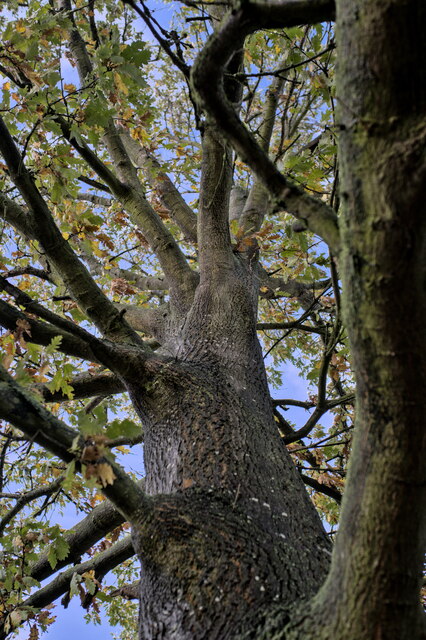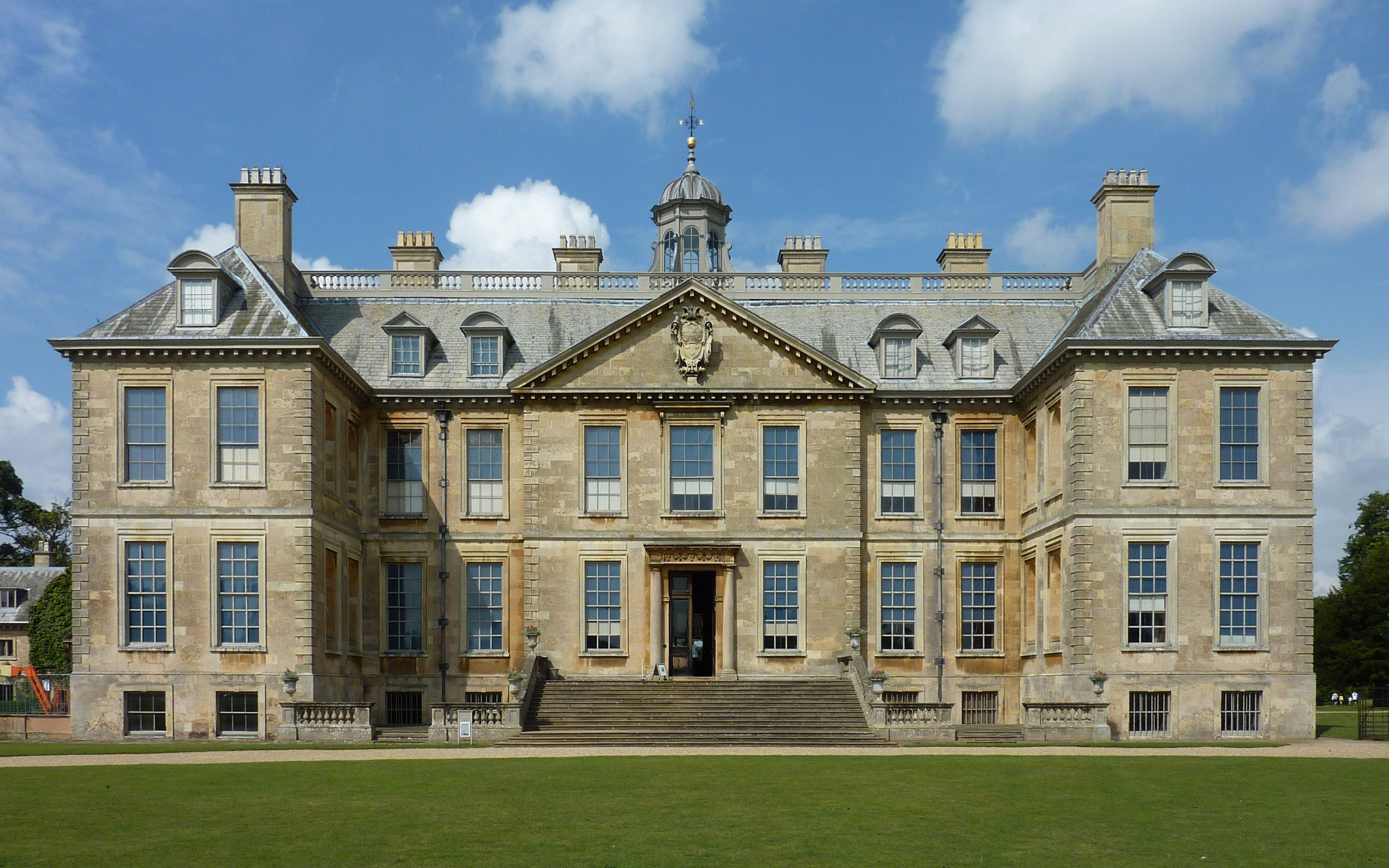Bracken Plantation
Wood, Forest in Lincolnshire South Kesteven
England
Bracken Plantation

Bracken Plantation is a picturesque woodland located in Lincolnshire, England. Situated in the heart of the county, this sprawling forest covers an area of approximately 200 acres. The plantation is primarily composed of bracken ferns, hence the name, which create a dense and lush environment.
The woodland boasts a diverse range of tree species, including oak, beech, and birch. These towering trees provide a canopy of shade and shelter for the countless flora and fauna that call the plantation home. The forest floor is carpeted with an array of wildflowers, adding vibrant bursts of color to the serene landscape.
Bracken Plantation is not only a haven for nature enthusiasts but also serves as an important habitat for various wildlife species. It is a well-known breeding ground for birds such as woodpeckers, owls, and thrushes. Additionally, the forest supports a thriving population of small mammals including rabbits, foxes, and squirrels.
The plantation offers numerous walking trails and paths, allowing visitors to explore its natural beauty. These paths wind through the forest, offering glimpses of tranquil ponds and babbling brooks along the way. The plantation's management actively encourages responsible outdoor activities, such as birdwatching and photography, ensuring the preservation of the delicate ecosystem.
Bracken Plantation is not only a place of natural beauty but also holds historical significance. The woodland has been a part of Lincolnshire's heritage for centuries, with evidence of human activity dating back to ancient times. It is a testament to the enduring connection between humans and nature.
Overall, Bracken Plantation is a captivating woodland that offers a serene escape from the hustle and bustle of everyday life. With its diverse flora and fauna, rich history, and tranquil atmosphere, it is truly a gem in the heart of Lincolnshire.
If you have any feedback on the listing, please let us know in the comments section below.
Bracken Plantation Images
Images are sourced within 2km of 52.945351/-0.59968081 or Grid Reference SK9439. Thanks to Geograph Open Source API. All images are credited.
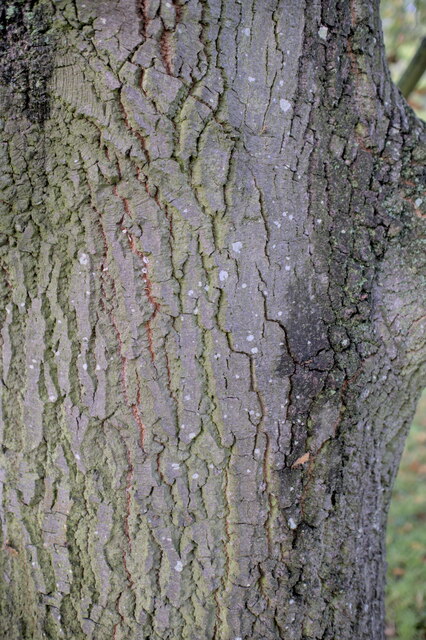


Bracken Plantation is located at Grid Ref: SK9439 (Lat: 52.945351, Lng: -0.59968081)
Administrative County: Lincolnshire
District: South Kesteven
Police Authority: Lincolnshire
What 3 Words
///earplugs.squashes.lend. Near Grantham, Lincolnshire
Related Wikis
Belton House Boathouse
The Boathouse on Boathouse Pond, Belton House, Belton, Lincolnshire was designed by Anthony Salvin in 1838–1839. It is a Grade II listed building. ��2...
Belton, South Kesteven
Belton is a village in the civil parish of Belton and Manthorpe, in the South Kesteven district of Lincolnshire, England. It is situated on the A607 road...
St Peter and St Paul's Church, Belton
The Church of St Peter and St Paul, Belton, South Kesteven, Lincolnshire is a functioning parish church and a Grade I listed building. Since the 17th century...
Belton House
Belton House is a Grade I listed country house in the parish of Belton near Grantham in Lincolnshire, England, built between 1685 and 1687 by Sir John...
Have you been to Bracken Plantation?
Leave your review of Bracken Plantation below (or comments, questions and feedback).


